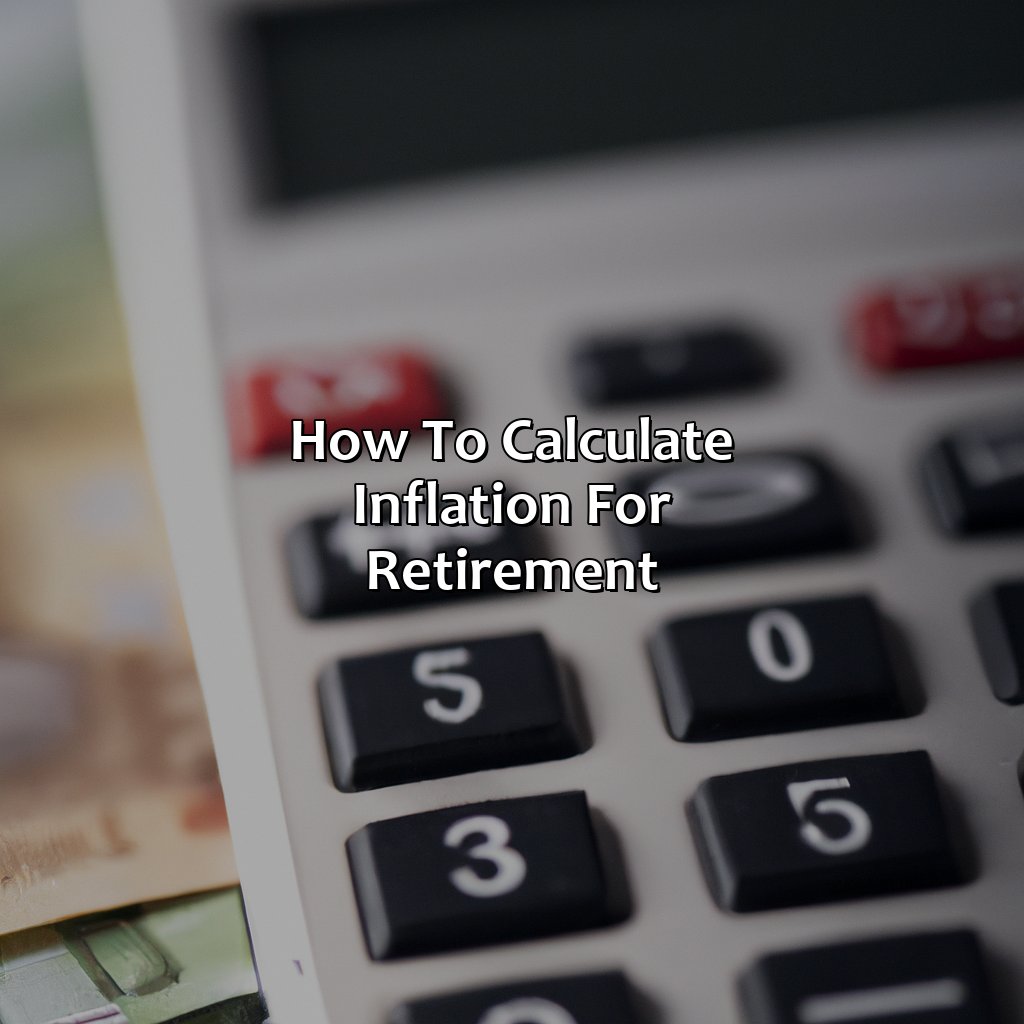How To Calculate Inflation For Retirement?
Key takeaway:
- Understanding inflation is essential for retirement planning: Inflation is the rise in the general price level of goods and services over time, which can erode the purchasing power of retirement savings. It is important to consider inflation while planning for retirement to ensure that the funds last throughout retirement.
- Calculating inflation rate for retirement: The consumer price index (CPI) is a common measure of inflation. Retirement planners can also use inflation calculators to estimate future inflation rates based on historical data.
- Adjusting retirement savings for inflation: Inflation-protected securities (IPS) and diversification of the retirement portfolio can be effective strategies to safeguard against inflation. Retirement planners can also regularly monitor and rebalance their retirement funds to combat inflation.
Are you worried about how inflation will affect your retirement savings? Here’s the information you need to calculate inflation accurately and plan for a comfortable retirement. You’ll gain insights on how to counteract the effects of inflation on your savings.
Understanding Inflation for Retirement
Inflation affects retirement savings, making it crucial to plan ahead. Understanding the impact of inflation on retirement funds is vital to maintain financial stability in retirement. To make the right financial decisions, one must calculate inflation rates accurately and predict future inflation.
Calculating inflation for retirement requires the use of current inflation rates and future projections to estimate inflation-adjusted retirement needs and determine a suitable retirement plan. The best approach is to use a comprehensive retirement calculator that adjusts inflation rates and other factors automatically.
Inflation rates fluctuate with market trends, which presents a unique challenge for retirees. For individuals planning their retirement, it is important to revisit retirement plans periodically and adjust them according to the current inflation rates.
Pro Tip: Consider creating a diversified savings portfolio that incorporates adjustable rate securities and investments in commodities that are likely to perform well during inflationary periods.
By taking these factors into consideration, retirees can prepare better for their financial future and avoid adverse impacts from inflation.
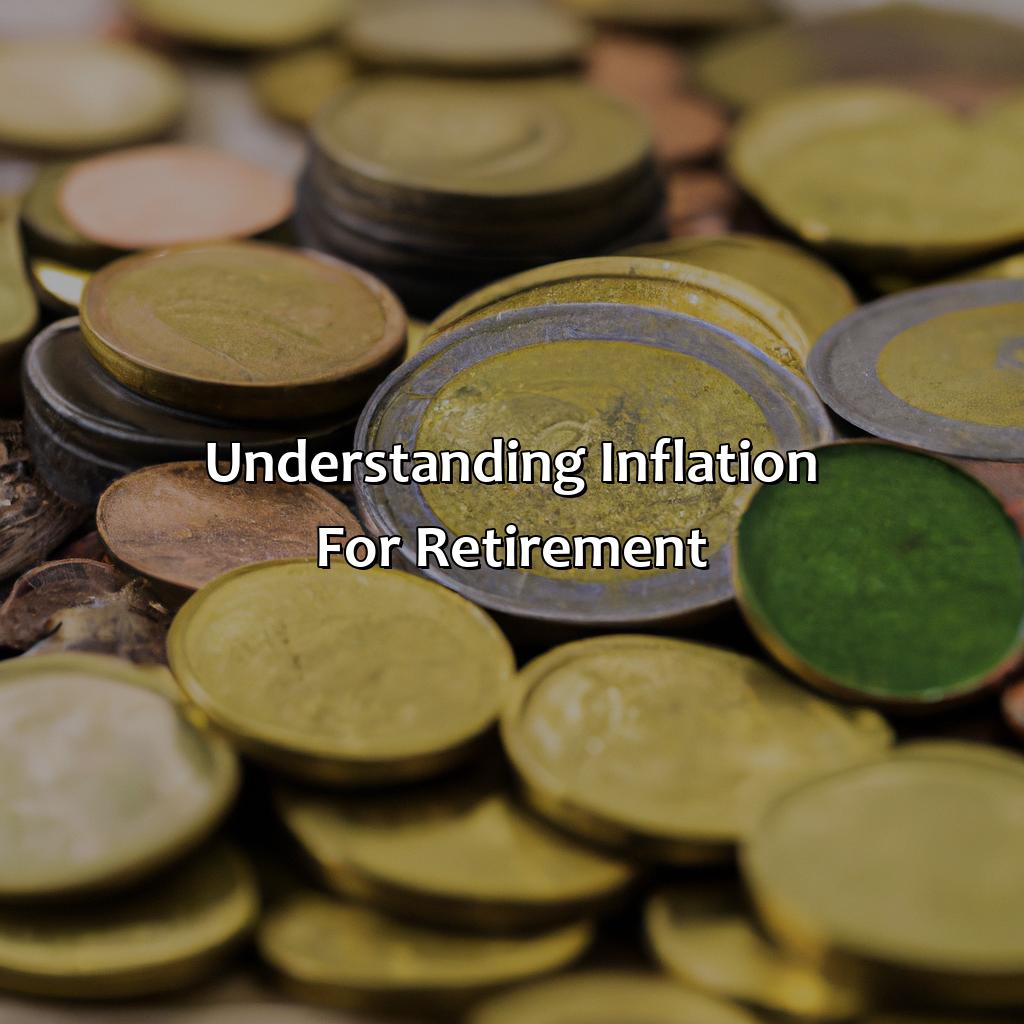
Image credits: retiregenz.com by Joel Arnold
Definition and Explanation of Inflation
Inflation is the sustained increase in prices of goods and services over time, resulting in the decrease in purchasing power of a currency. As the value of money declines, it takes more currency to buy the same amount of goods and services. Inflation is typically measured using an index, such as the Consumer Price Index (CPI), which tracks changes in the prices of a basket of goods and services over time.
To calculate inflation for retirement, it is important to consider the future purchasing power of retirement savings and income. Inflation can erode the value of retirement savings over time, making it important to factor this into retirement planning.
It is crucial to account for inflation when determining retirement goals and plans. This can be done through a variety of strategies, such as investing in assets that offer inflation protection or adjusting retirement income for inflation.
In the past, there have been various causes of inflation, including government policies and monetary factors. For example, during the 1970s, inflation skyrocketed due to a combination of increased government spending and loose monetary policy. Understanding the historical context of inflation can provide valuable insights for retirement planning.
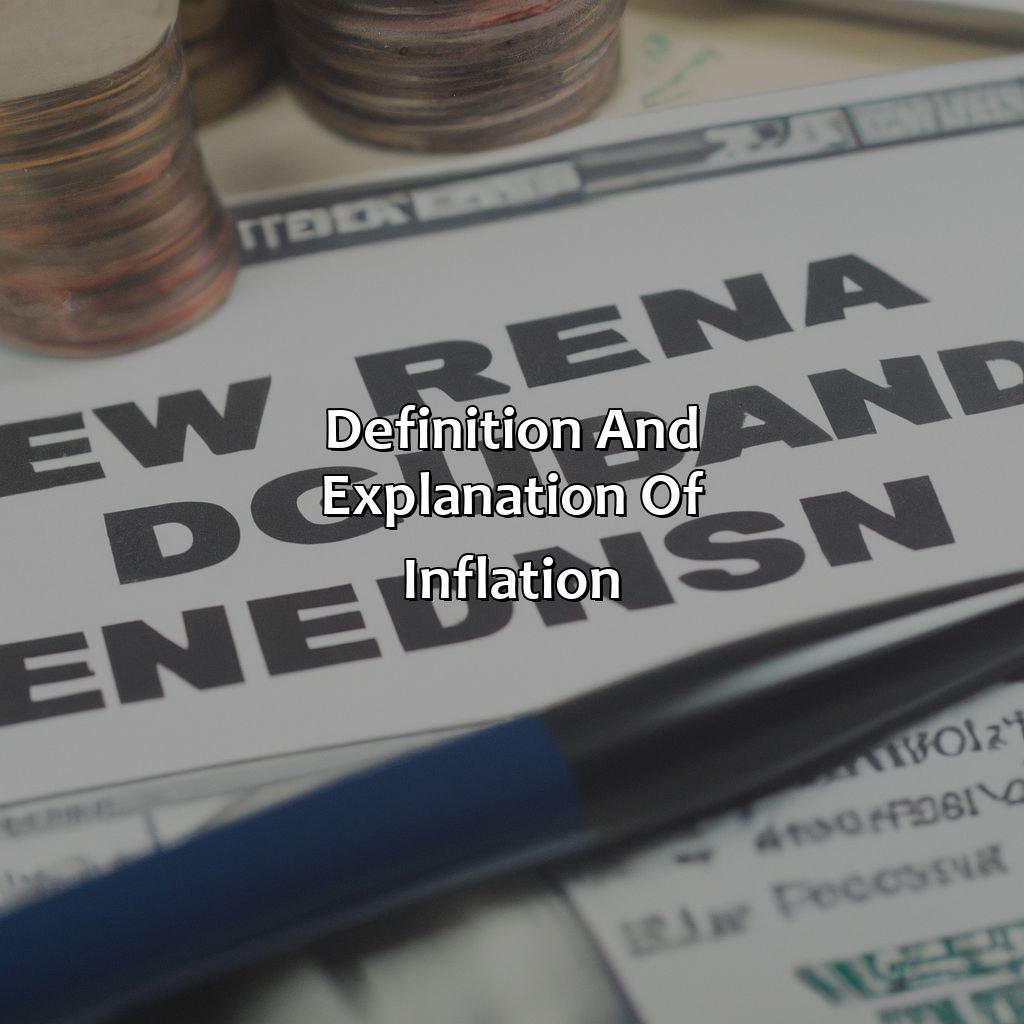
Image credits: retiregenz.com by David Arnold
Factors Affecting Inflation Rates
Factors Influencing Inflation Rates
There are multiple determinants that can impact and influence inflation rates. A few critical elements include supply and demand, government policies, economic activities, and international trade. These factors can cause either an increase or decrease in the cost of goods and services, which ultimately leads to changes in inflation rates.
The government can influence inflation rates by regulating the supply of money, adjusting interest rates and taxes. Economic activities such as industrial production, employment rates, and consumer spending patterns can cause changes in the cost of goods and services, which leads to inflation. When it comes to international trade, the value of the country’s currency, and the exchange rates can impact the cost of imports and exports.
It is crucial to keep these various factors in mind when planning for retirement to ensure that the financials stay stable and steadily increase over time. One way to combat inflation is to consider investing in financial instruments such as stocks, mutual funds, and bonds. By keeping a diversified portfolio and regularly reviewing the investments, one can ensure that the rate of return remains higher than inflation.
Another way to plan for inflation is to think about it long term and make necessary financial adjustments by considering inflation when setting long-term financial goals and targets. Since inflation can impact all aspects of life, including utilities, groceries, healthcare, and more, it’s essential to make inflation an integral part of the retirement planning process.
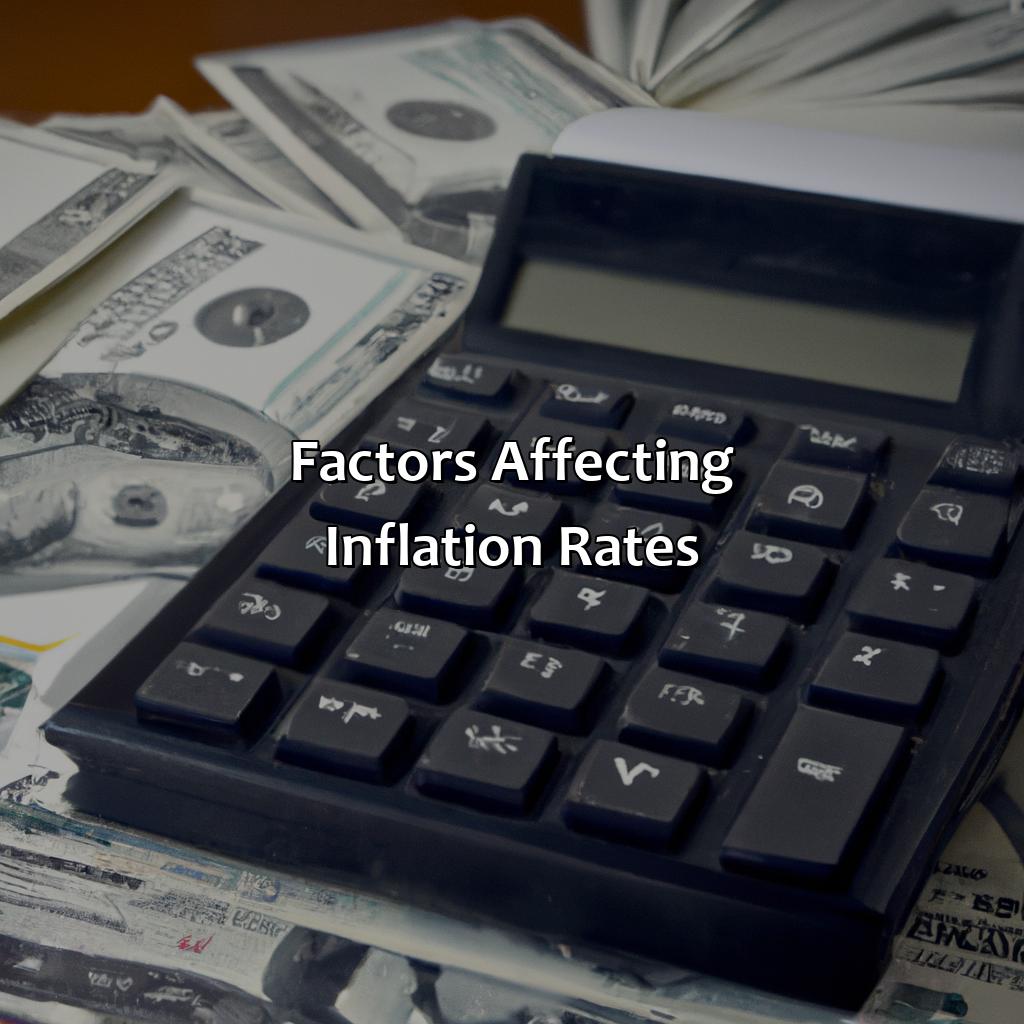
Image credits: retiregenz.com by Harry Jones
Importance of Inflation in Retirement Planning
Inflation plays a crucial role in retirement planning. Ignoring the impact of inflation can lead to a significant shortfall in retirement income. Therefore, it is essential to consider the effects of inflation on retirement savings and plan accordingly. Failure to do so can negatively affect a retiree’s ability to maintain their standard of living and make ends meet.
To safeguard against inflation, retirees can invest in assets that increase in value over time, like stocks and real estate. Additionally, adjusting the withdrawal rate from retirement savings to account for inflation can help prevent running out of funds. It is also essential to factor in healthcare costs, as healthcare inflation rates tend to be higher than general inflation rates.
It is crucial to keep in mind that inflation rates can vary, even year to year. Retirees should revisit their retirement plan regularly and adjust it accordingly to account for any fluctuations in inflation rates or personal circumstances. Taking these steps can provide peace of mind and ensure a comfortable retirement.
Pro Tip: When calculating inflation-adjusted retirement savings, use the Consumer Price Index (CPI), which measures the average cost of a basket of goods and services in a particular period.
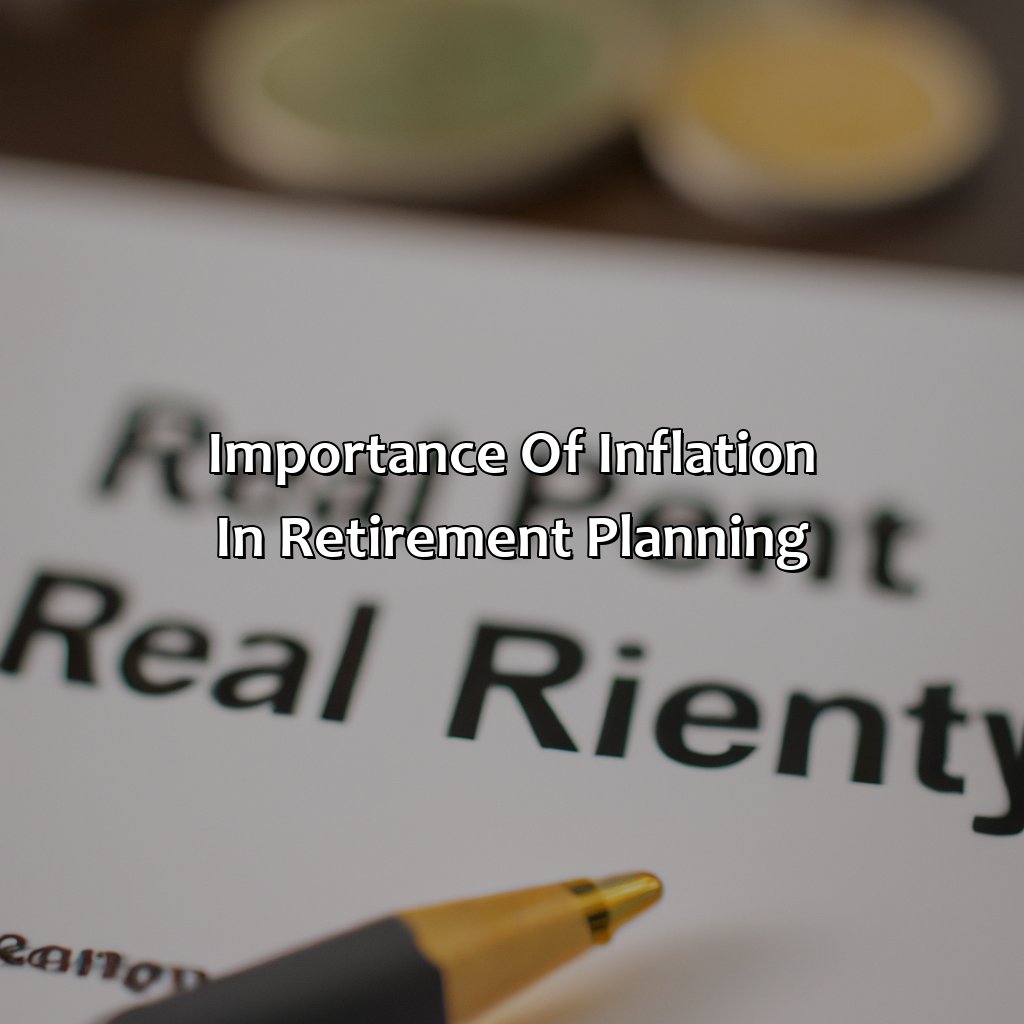
Image credits: retiregenz.com by James Jones
Calculating Inflation Rate for Retirement
You must stay informed on the Consumer Price Index (CPI) to estimate inflation rate for retirement. Use an inflation calculator – it will help you decide how much money you’ll require in the future to preserve your current lifestyle.

Image credits: retiregenz.com by Adam Washington
Consumer Price Index (CPI)
The CPI, a key economic indicator, measures the average change in prices within a given basket of goods and services. It reflects the inflation rate that consumers experience and plays a crucial role in calculating retirement funds. By keeping track of CPI and accounting for any increase or decrease in the cost of living, individuals can strategize better and ensure sufficient savings for their post-retirement life.
In recent years, there has been a significant surge in various commodities’ prices – housing, education, healthcare, etc. Therefore, it’s essential to keep up-to-date with current CPI values while devising a retirement strategy. The calculation process might seem complicated at first glance, but it involves simple arithmetic operations.
However, relying solely on calculating inflation based on CPI may not be sufficient as everyone’s lifestyle and expenditure are different from one another. For instance, if you’re someone who travels frequently or who spends a hefty amount on hobbies; your cost of living would significantly vary from someone who doesn’t.
According to Forbes (source), “REITs may offer inflation protection benefits by providing exposure to assets that generally have demonstrated appreciation over time that outpaces inflation.” Investing in Real Estate Investment Trusts (REITs) may provide additional protection against rising costs and provide income streams during retirement while combating inflation.
Calculating inflation for retirement may be depressing, but using inflation calculators can at least give you a numerical reason for your existential crisis.
Use of Inflation Calculators
Using Inflation Calculators for Retirement Planning involves tools that compute accurate values and estimates. Here’s how.
| Calculator Types | Description |
| CPI Calculator | Computes inflation based on Consumer Price Index data. |
| COLA Calculator | Calculates future income based on Cost of Living Adjustments. |
| Nominal vs. Real Rate Calculator | Distinguishes nominal – no inflation- from real (inflation adjusted) investment returns. |
It is essential to select the right calculator type based on their financial goals, time frames, and desired accuracy.
In addition, while calculating inflation for retirement, it’s wise to include variations like food, transportation, healthcare costs specific to the individual. According to Investopedia, “Fidelity reported that a retired couple might spend about $295,000 in out-of-pocket expenses to cover retirement healthcare costs.” It’s significant to set aside money towards these unexpected costs as well.
To avoid an unpleasant surprise during retirement years, using the correct calculators and considering unique details such as healthcare costs is crucial. Hope you saved enough for retirement, or else your golden years might turn into cheap aluminum foil.
Adjusting Retirement Savings for Inflation
“Adjusting Retirement Savings for Inflation” is the topic. Inflation-protected securities and diversifying your retirement portfolio are the solution. To make informed decisions, understand benefits of each sub-section. This will keep your retirement savings in line with the cost of living.

Image credits: retiregenz.com by David Woodhock
Using Inflation-Protected Securities (IPS)
Investors could consider adding bonds known as Inflation-Protected Securities (IPS) to their retirement savings portfolio. IPS are designed to keep pace with inflation, providing investors with protection against rising prices. These bonds are backed by the US government and offer a fixed interest rate but have principal values that adjust according to changes in inflation.
IPS can offer peace of mind for those who are worried about the impact of inflation on their retirement savings. These bonds protect against the erosion of purchasing power caused by inflation and provide a steady stream of income over time. Furthermore, because they are issued by the US government, they are considered very safe investments.
It is important for investors to understand how IPS work before adding them to their portfolio. These bonds have unique characteristics that require careful consideration, such as their sensitivity to changes in interest rates and the potential for negative returns in certain market conditions.
By considering all factors and weighing them against their investment goals, investors can make informed decisions about whether or not IPS would be a suitable addition to their retirement savings plan.
An example of an investor who utilized IPS is John, who invested in them during his retirement years in order to minimize the risk of inflation eroding his retirement savings. By carefully selecting a mix of investments including IPS, he was able to achieve his retirement goals with confidence.
Why put all your retirement eggs in one basket? Diversify your portfolio and give those golden years some variety.
Diversifying Retirement Portfolio
Creating a diversified retirement investment portfolio can provide a better balance between investment risk and return. A well-diversified portfolio includes varying investment types, including stocks, bonds, real estate, and commodities. It also considers differences in market segments, company sizes, countries, and industries for maximizing returns while minimizing risks.
A diverse portfolio of retirement investments should have broad diversification across asset classes and strategies. Assets that behave differently can help reduce vulnerabilities to changes in the economic cycle or market volatility. This strategy helps achieve improved long-term risk-adjusted returns. An analysis of the best determinants of asset allocation over time can help identify appropriate diversification strategies based on risk tolerance.
There are many stories of those who have successfully retired with their diversification plans in place. One such example is that of an individual who invested consistently over several decades using a diversified retirement savings portfolio. At retirement age, they could enjoy financial freedom knowing their investments were not overly reliant on one particular industry or sector. Instead, they had created a well-balanced portfolio that delivered stable returns during uncertain times as well as plentiful gains during better economic periods.
“Ain’t nobody got time for a portfolio that’s more unbalanced than a Jenga tower after a few drinks” – regular monitoring and rebalancing is key to surviving retirement.
Regular Monitoring and Rebalancing of Retirement Funds
Keeping Your Retirement Funds Aligned with Your Goals:
To keep your retirement funds aligned with your goals, you need to adopt a strategy of regular monitoring and rebalancing of your retirement portfolio.
The Importance of Regular Monitoring and Rebalancing:
- Regular monitoring of your retirement funds helps you to evaluate your progress towards your retirement goals.
- Rebalancing your portfolio ensures that the allocation of your investments remains consistent with your goals and risk tolerance.
- Periodic realignment of your portfolio helps you to minimize risks and adjust to changes in market conditions.
The Significance of Evaluation:
By regularly monitoring and rebalancing your retirement funds, you can evaluate the performance of your investments and make adjustments accordingly. This can protect your retirement portfolio from unwanted market risks and help you achieve your financial goals.
Real-world Example:
A friend of mine held a diversified retirement portfolio consisting of stocks, bonds, and mutual funds. However, due to market volatility, he noticed that his portfolio was heavily tilted towards stocks, which was beyond his risk tolerance. By rebalancing his portfolio regularly, he was able to reduce his exposure to risks and keep his retirement goals on track.

Image credits: retiregenz.com by Joel Arnold
Five Facts About How To Calculate Inflation For Retirement:
- ✅ Inflation in retirement refers to the increase in the cost of living over time. (Source: Investopedia)
- ✅ One common method of calculating inflation for retirement is using the Consumer Price Index (CPI). (Source: AARP)
- ✅ It is important to factor in inflation when calculating how much money you will need for retirement to ensure that your savings will last. (Source: Vanguard)
- ✅ Inflation varies from year to year, so it is important to adjust your retirement plan accordingly. (Source: The Balance)
- ✅ Some financial advisors recommend using an inflation-adjusted withdrawal rate of 4% or less when planning for retirement. (Source: Forbes)
FAQs about How To Calculate Inflation For Retirement?
How do I calculate inflation for retirement?
Calculating inflation for retirement requires you to consider the current inflation rate and estimate how it will change over time. Use a retirement calculator that accounts for inflation or consult with a financial advisor to determine the best approach based on your specific circumstances
What is the current inflation rate?
The current inflation rate varies based on several factors such as governmental policies and economic conditions, but it can be calculated by comparing the Consumer Price Index (CPI) from one year to another. As of August 2021, the inflation rate is approximately 5.3%.
How does inflation affect retirement plans?
Inflation can significantly impact retirement plans as the costs of goods and services increase over time. This means that retirement savings may not be worth as much as they once were, and any income streams may need to increase over time to keep pace with inflation. It’s important to consider inflation when developing a retirement plan and adjust it as necessary to account for changes in the economy.
Can I factor inflation into my retirement savings plan?
Yes, it’s important to factor inflation into your retirement savings plan to ensure that you have enough money to cover expenses throughout your retirement. Some retirement calculators allow you to account for inflation when determining how much you need to save, while others may suggest ways to adjust your plan based on inflation rates.
Is it possible to protect against inflation during retirement?
One way to protect against inflation during retirement is to invest in assets that have historically outpaced inflation, such as stocks or real estate. Consider diversifying your portfolio to include a mix of assets that can provide both income and growth potential over time. Additionally, some retirement accounts, such as TIPS (Treasury Inflation-Protected Securities), adjust their returns based on inflation rates.
What should I do if inflation is higher than expected during retirement?
If inflation is higher than expected during retirement, consider adjusting your budget or seeking additional income streams to cover rising expenses. You may need to reevaluate your investment strategy to ensure that your portfolio is sufficient to cover retirement costs in light of increased inflation rates.
